-
 Bitcoin
Bitcoin $115700
0.65% -
 Ethereum
Ethereum $3785
3.93% -
 XRP
XRP $3.033
1.78% -
 Tether USDt
Tether USDt $1.000
0.04% -
 BNB
BNB $770.7
0.50% -
 Solana
Solana $168.4
0.56% -
 USDC
USDC $1.000
0.02% -
 TRON
TRON $0.3403
1.83% -
 Dogecoin
Dogecoin $0.2113
3.84% -
 Cardano
Cardano $0.7539
2.34% -
 Hyperliquid
Hyperliquid $38.84
1.28% -
 Sui
Sui $3.700
6.88% -
 Stellar
Stellar $0.4069
2.56% -
 Chainlink
Chainlink $17.80
6.93% -
 Bitcoin Cash
Bitcoin Cash $573.5
0.73% -
 Hedera
Hedera $0.2478
1.24% -
 Ethena USDe
Ethena USDe $1.001
0.00% -
 Avalanche
Avalanche $22.42
1.58% -
 Litecoin
Litecoin $120.6
2.58% -
 UNUS SED LEO
UNUS SED LEO $8.962
-0.29% -
 Toncoin
Toncoin $3.296
2.09% -
 Shiba Inu
Shiba Inu $0.00001251
1.77% -
 Uniswap
Uniswap $9.982
3.75% -
 Polkadot
Polkadot $3.710
1.55% -
 Dai
Dai $1.000
0.00% -
 Bitget Token
Bitget Token $4.425
1.98% -
 Monero
Monero $265.2
-7.14% -
 Cronos
Cronos $0.1472
2.44% -
 Pepe
Pepe $0.00001073
2.66% -
 Aave
Aave $270.9
4.17%
Bitget contract trading guide
Before delving into Bitget's contract trading platform, it's essential to grasp the fundamentals of contract trading itself, which involves speculating on the future price of an underlying asset without actual ownership.
Nov 12, 2024 at 12:24 am
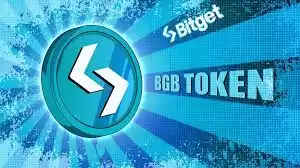
Bitget Contract Trading Guide: A Comprehensive Walkthrough
Navigating the Bitget Contract Trading Platform
- Understanding Contract Trading: Before delving into Bitget's contract trading platform, it's crucial to grasp the fundamentals of contract trading itself. Contracts, often known as futures or perpetuals, allow traders to speculate on the future price of an underlying asset without actually owning it. These contracts are settled at the contract's expiration through cash settlement.
Glossary of Essential Terms: To effectively navigate the Bitget platform, familiarize yourself with the following key terms:
- Buy/Long Position: A bet that the asset's price will rise.
- Sell/Short Position: A wager that the asset's price will decline.
- Leverage Ratio: A loan extended to traders, effectively multiplying their trading power and potential returns.
- Margin: A deposit posted by traders to cushion against potential losses and enable the use of leverage.
- Stop-Loss Order: An instruction to automatically close a trade if the asset's price reaches a designated level to limit potential loss.
- Take-Profit Order: An automated command to close a trade at a specified price to secure profit.
- Opening an Account: To initiate contract trading on Bitget, establish a valid account. Visit the Bitget website, click "Sign Up," and follow the prompts to establish an account using your email or phone number.
- Funding Your Account: Before commencing trades, finance your Bitget account through various accessible channels such as crypto deposits, third-party payments, or credit/debit card transfers. Select "Deposit" from the dashboard and pursue the instructions tailored to your chosen deposit method.
- Selecting the Right Contract: Bitget's contract trading platform offers a variety of options. Analyze the accessible contracts, considering their underlying assets, leverage choices, and expiration dates. Choose the contract that best aligns with your trading style and risk tolerance.
- Deciding on Leverage: Leverage can enhance potential profits but also magnifies risks. Choose a leverage ratio that fits your financial strategy, taking into consideration both your risk appetite and the margin required.
- Placing Your Order: Upon finalizing your contract, leverage, and order type, confirm the details and click "Buy/Long" or "Sell/Short." Monitor your open positions in the "Positions" section of the dashboard.
- Managing Your Risk: Implement robust risk management practices to safeguard your trading. Utilize stop-loss and take-profit orders, monitor market trends diligently, and adjust your positions as required.
- Understanding Fees: Familiarize yourself with the fee structure associated with contract trading on Bitget, incorporating trading fees, funding fees, and withdrawal charges, to optimize your trading profitability.
- Continuing Education: Continuously enhance your knowledge of contract trading techniques, risk management principles, and market analysis to evolve your trading prowess.
Disclaimer:info@kdj.com
The information provided is not trading advice. kdj.com does not assume any responsibility for any investments made based on the information provided in this article. Cryptocurrencies are highly volatile and it is highly recommended that you invest with caution after thorough research!
If you believe that the content used on this website infringes your copyright, please contact us immediately (info@kdj.com) and we will delete it promptly.
- Bitcoin's Wild Ride: Bollinger Bands, $117K, and What's Next?
- 2025-08-08 00:30:12
- Ripple, Rail, and Stablecoin Payments: A $200M Power Play
- 2025-08-07 22:50:12
- Punisher Coin Presale: The Next $Trump? Aiming for 100x Gains!
- 2025-08-07 22:50:12
- Riding the Crypto Wave: Presale Cryptos, Cold Wallets, and the BTC Bull Run
- 2025-08-07 23:10:12
- Crypto's Wild Ride: Punisher Coin, Popcat, and the Meme Coin Mania
- 2025-08-07 23:10:12
- Bitcoin Price, XRP Prediction, Cryptocurrency: Navigating the Wild West of Digital Assets
- 2025-08-07 23:15:12
Related knowledge
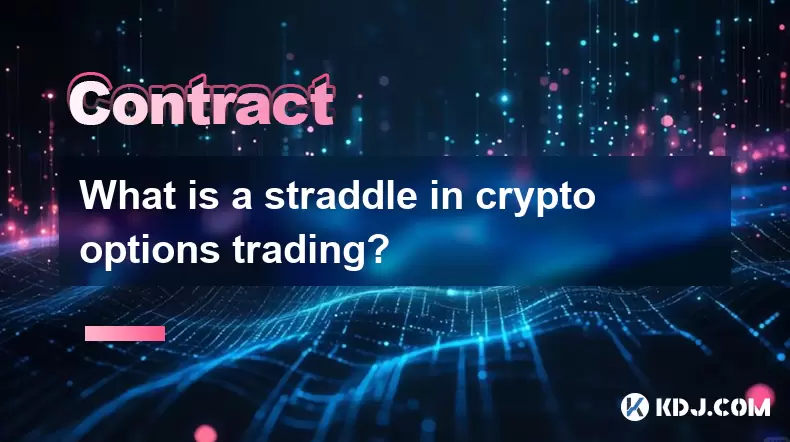
What is a straddle in crypto options trading?
Aug 07,2025 at 11:15pm
Understanding the Basics of a Straddle in Crypto OptionsA straddle is an options trading strategy used when a trader expects significant price movemen...
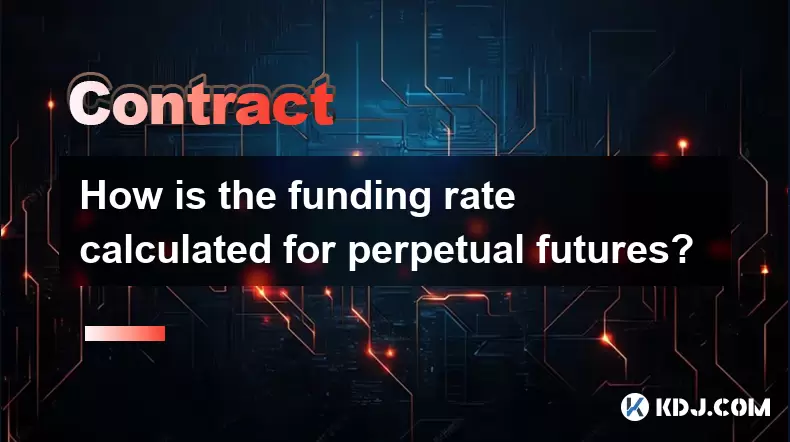
How is the funding rate calculated for perpetual futures?
Aug 07,2025 at 11:36pm
Understanding the Basics of Perpetual FuturesPerpetual futures are a type of derivative contract that does not have an expiration date, allowing trade...
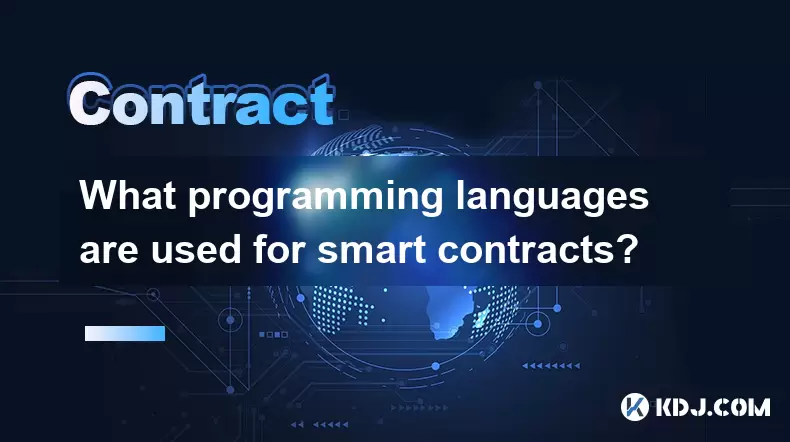
What programming languages are used for smart contracts?
Aug 07,2025 at 06:07pm
Understanding Smart Contracts and Their Execution EnvironmentSmart contracts are self-executing programs deployed on blockchain networks that automati...
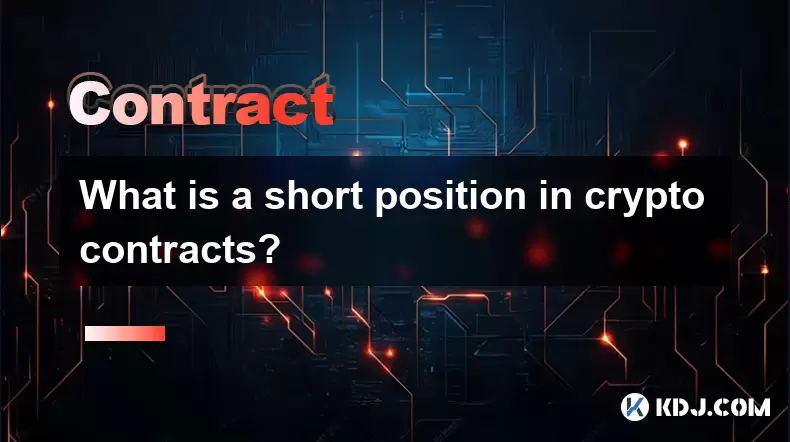
What is a short position in crypto contracts?
Aug 07,2025 at 11:42pm
Understanding the Concept of a Short Position in Crypto ContractsA short position in crypto contracts refers to a trading strategy where a trader prof...
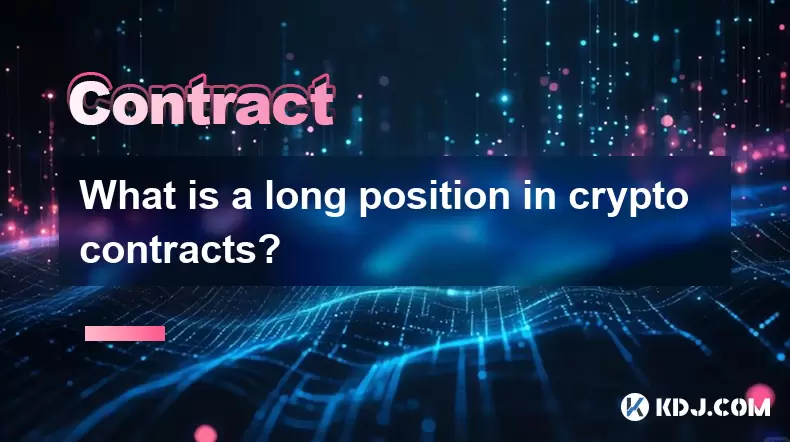
What is a long position in crypto contracts?
Aug 07,2025 at 06:29pm
Understanding the Concept of a Long Position in Crypto ContractsA long position in crypto contracts refers to a trading strategy where a trader buys a...

Why is my Bitstamp futures position being liquidated?
Jul 23,2025 at 11:08am
Understanding Futures Liquidation on BitstampFutures trading on Bitstamp involves borrowing funds to open leveraged positions, which amplifies both po...

What is a straddle in crypto options trading?
Aug 07,2025 at 11:15pm
Understanding the Basics of a Straddle in Crypto OptionsA straddle is an options trading strategy used when a trader expects significant price movemen...

How is the funding rate calculated for perpetual futures?
Aug 07,2025 at 11:36pm
Understanding the Basics of Perpetual FuturesPerpetual futures are a type of derivative contract that does not have an expiration date, allowing trade...

What programming languages are used for smart contracts?
Aug 07,2025 at 06:07pm
Understanding Smart Contracts and Their Execution EnvironmentSmart contracts are self-executing programs deployed on blockchain networks that automati...

What is a short position in crypto contracts?
Aug 07,2025 at 11:42pm
Understanding the Concept of a Short Position in Crypto ContractsA short position in crypto contracts refers to a trading strategy where a trader prof...

What is a long position in crypto contracts?
Aug 07,2025 at 06:29pm
Understanding the Concept of a Long Position in Crypto ContractsA long position in crypto contracts refers to a trading strategy where a trader buys a...

Why is my Bitstamp futures position being liquidated?
Jul 23,2025 at 11:08am
Understanding Futures Liquidation on BitstampFutures trading on Bitstamp involves borrowing funds to open leveraged positions, which amplifies both po...
See all articles

























































































